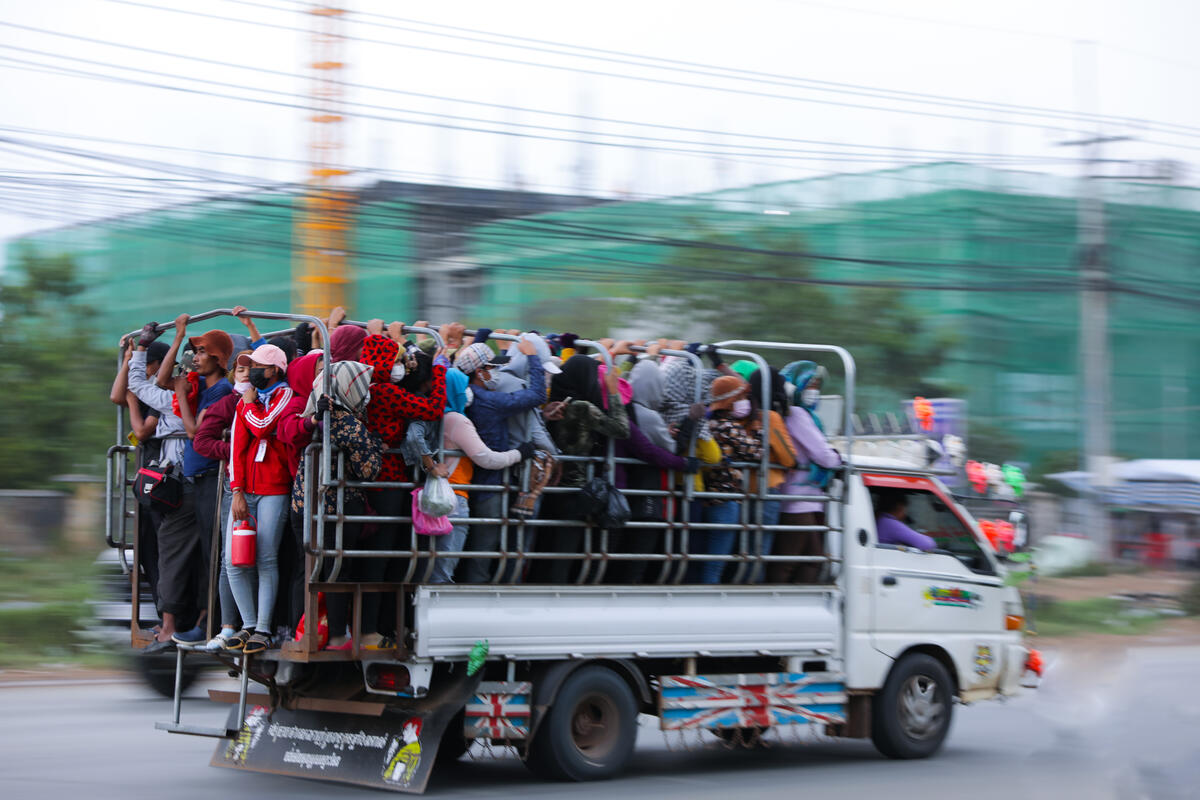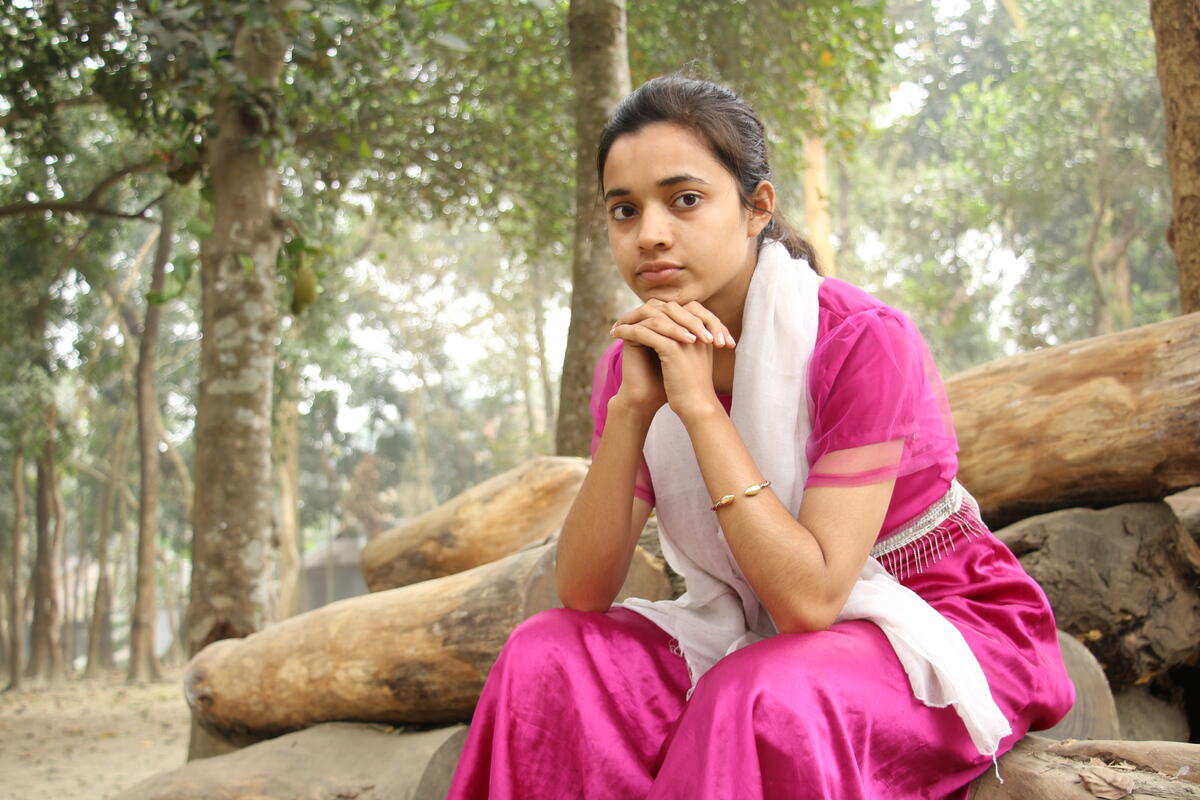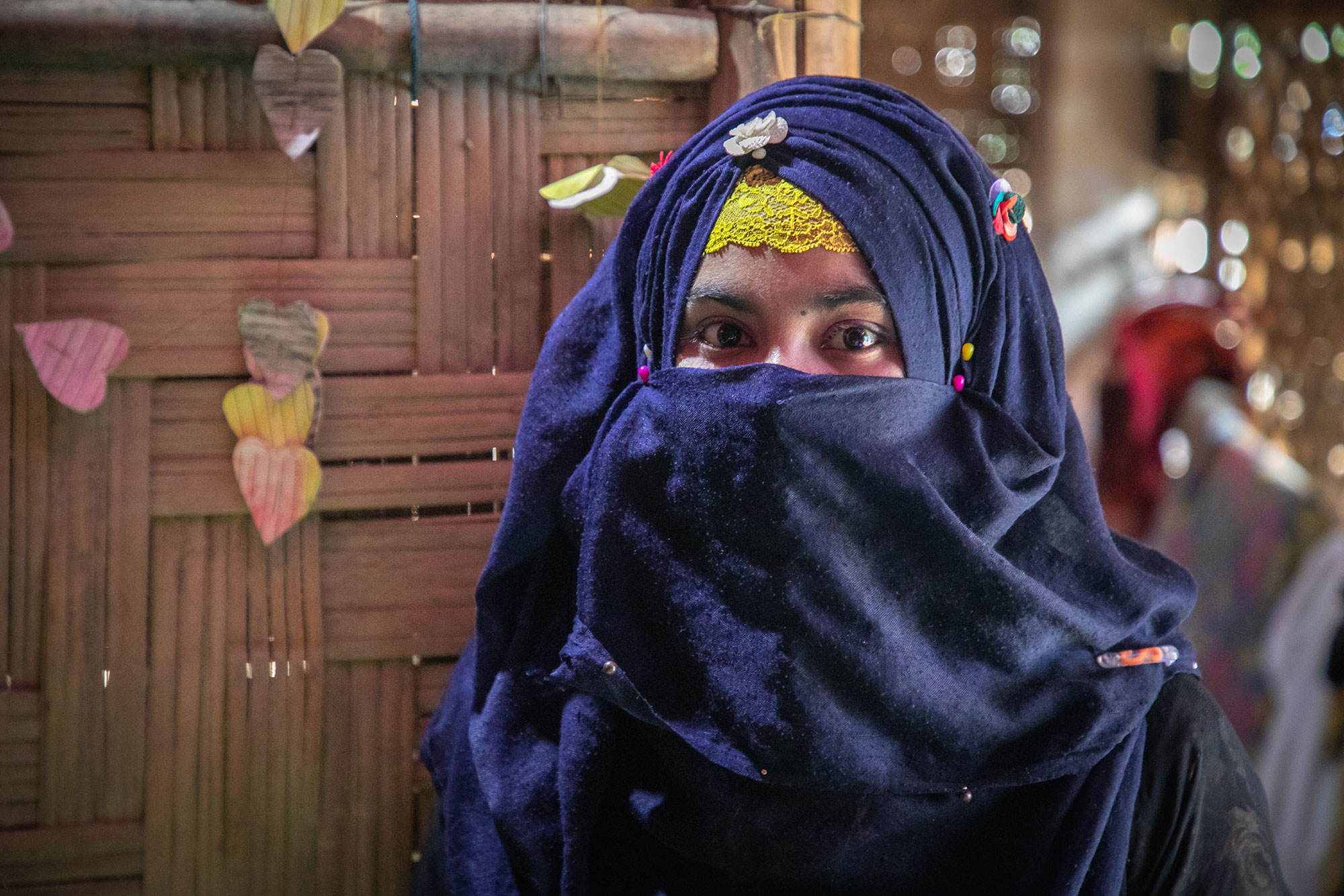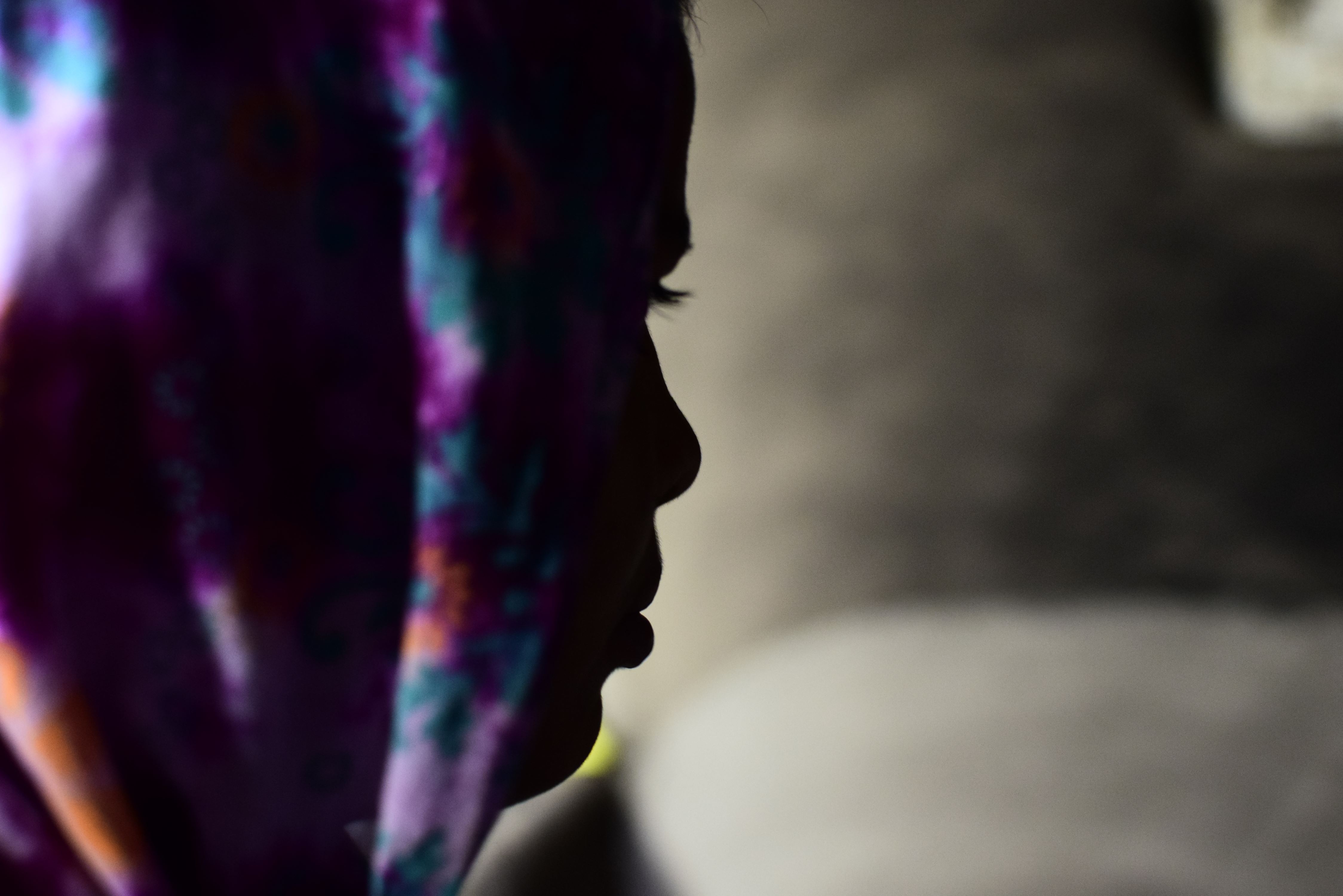
World Day Against Trafficking in persons
Kidnapped and married off, Thanh’s nightmare finally ended.
World Day Against Trafficking in Persons is on Sunday 30 July 2023. This day seeks to raise awareness of the widespread criminal act of human trafficking, which affects many vulnerable people globally.
Human trafficking is defined as 'the recruitment, transport, transfer, harbouring or receipt of a person by such means as threat or use of force or other forms of coercion, abduction, fraud or deception for the purpose of exploitation,' according to the UNODC.
Human trafficking is a form of Modern Day Slavery which refers to situations of exploitation that a person cannot refuse or leave because of threats, violence, coercion, deception, and/or abuse of power. There are many forms of human trafficking such as sexual exploitation, forced labour, forced marriage and illegal adoption.

Who is most at risk of human trafficking?
Human trafficking can happen to anyone irrespective of their age, gender and country but, according to UNODC’s 2022 Global Report on Trafficking in Persons, women and girls account for 60% of victims in 2020. Females are also three-times more likely to suffer physical or extreme violence (including sexual violence) during trafficking than males. And children are most at risk, especially girls.
What factors are causing people to become victims of trafficking?
There are so many different factors that cause people to become victims of human trafficking. Traffickers often target people from poor and vulnerable backgrounds, such as undocumented migrants, people who are desperate for employment, displaced people and those leaving their countries due to war.
What is World Vision doing to eradicate human trafficking?
World Vision East Asia, operating in Cambodia, China, Laos, Mongolia, Myanmar, Thailand and Vietnam is working hard to eradicate human trafficking. The most common form of human trafficking affecting girls and women in this region is forced marriage and forced labour.
Each country in the World Vision East Asia region delivers multiple programmes related to migration, trafficking, prevention of child labour and child protection, at various levels and through different approaches. For example, World Vision Vietnam implements the Human Trafficking Prevention for Women and Girls (HTPWG) related to the prevention of human trafficking and modern slavery, with a special focus on women and girls and the reintegration of trafficked persons. World Vision Vietnam is working closely with government agencies and communities at grassroots levels to address the issue of human trafficking.
Watch this video to find out more about how World Vision Vietnam is tackling human trafficking
Thanh's story: Trafficked and sold into a forced marriage

Thanh*, a young woman and mother of two from Vietnam, found herself in the most terrifying situation when she was tricked, trafficked and sold to marry a Chinese man. Her story began when Thanh and her husband relocated to China for seasonal jobs, hoping to provide a better life for their two sons left behind in Vietnam. The couple worked any jobs they could find, from cleaning to working at construction sites, earning ten times more than they did in Vietnam each month. Unfortunately, the poor working conditions included exposure to harmful chemicals and Thanh's husband’s health deteriorated. They returned home and he died three months
Thanh's nightmare
Still grieving, Thanh went back to work in China in 2019. There, she and a new friend were invited to a birthday dinner by another friend, Tua*, from their hometown. The ladies got into a taxi, suggested by Tua and his friend, to go to a karaoke bar. But it was a trap, in order to kidnap them for human trafficking. They found themselves in a remote and dark place, where the two men attacked them, forcing them to go with two Chinese men, who drove them to a shack deep in the forest.
This was just the beginning of Thanh's ordeal and all she could think of was her two children. Unfortunately, cases like Thanh's are not uncommon in her province. According to her home police department: “Since 2017, there have been more than 300 reported missing people in [this] province, most of them women and girls suspected of being victims of human trafficking. By living among the community and taking advantage of the local people’s limited social access and resources, traffickers approach the victims, especially women of ethnic minority groups, in their own circle or social media.”
For Thanh the nightmare continued. She was transferred from one place to another while her traffickers waited for higher bidders. She was told to follow orders or she’d be killed. After a month in captivity, a Chinese man offered to buy Thanh at 70,000 yuan (around USD 10,000) to be his wife.
Thanh's new life consisted of working for her new husband’s field, doing house chores and taking care of his nine-year-old child. She couldn’t speak Chinese, making it difficult to communicate. Thanh was extremely lonely. “After a while, I found some Vietnamese wives who were also sold to this neighbourhood, and they comforted me, saying that all had been done now, so we should focus on our new families and stick together. But all I could think of was going back to my boys.”
She once tried to escape using a taxi, but the taxi driver returned her back to her husband. As a result, her phone and outdoor privileges were taken away, causing her more isolation. Though hopeful she would see her children again, she often cried to her husband, begging him to release her. Thanh then starved herself in protest and the man eventually gave in.
Starting over again with help from World Vision Vietnam

Thanh returned home to Vietnam in November 2019, feeling relieved to be back alive and safe.
Returning home is a start to a rough journey for most returnees. Many female survivors experienced sexual abuse, torture and were forced into illegal work during their captivity. This creates stigmas and victim blaming due to factors of ancient traditions and misogyny.
World Vision Vietnam helped Thanh to start afresh by registering her in support programmes and provided her with sand, concrete and cement boards to build a house close to her in-laws, making it easy for her to co-parent her sons. To help her settle down, she was also enrolled into a programme that provides the most vulnerable households with essential resources for sustainable livelihoods. Thanh received two breeding goats, along with husbandry training, animal feed and building materials, to set up her own barn.
Thanh is now sharing her story to raise awareness amongst women and girls in her community participating in the Human Trafficking Prevention for Women and Girls project meetings and events. “I think anyone could be caught off guard and become a victim of traffickers. I feel respected and valued when my story can help other women and girls protect themselves and for the community to better sympathise with our situations,” she says.
Looking ahead to the future, there are lots of uncertainties, but she is confident that family and friends – like World Vision Vietnam will look out for her and her sons.
To prevent cases like Thanh’s from happening to others, please sponsor a girl today.
Sponsoring a girl will give her a better opportunity in life through education, improved livelihood and she will grow into an economically empowered woman. This will make her less vulnerable to the tricks of human traffickers.



